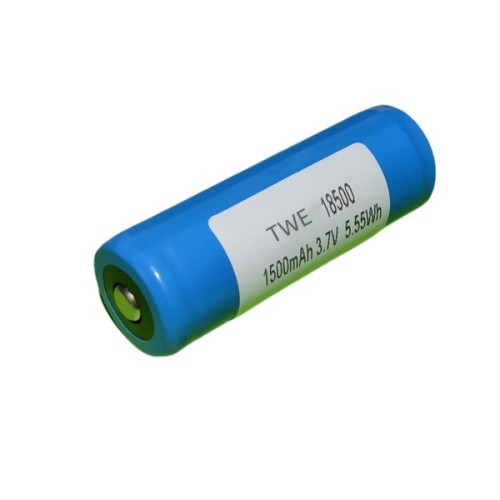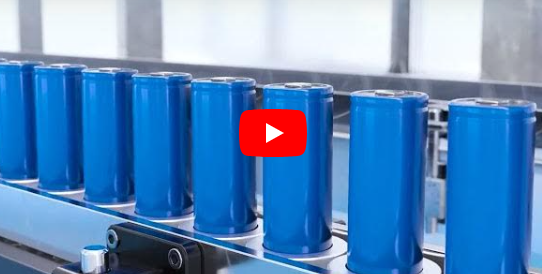18650 batteries have become increasingly popular in recent years, particularly in the vaping and flashlight communities. However, they are now widely used in many other electronic devices as well, from laptops to electric vehicles. If you're new to 18650 batteries, or just want to brush up on your knowledge, this comprehensive guide will teach you everything you need to know about these powerful little batteries.
1.Understanding 18650 Battery Chemistry and Types:
18650 batteries are a type of lithium-ion battery, which means they are rechargeable and have a high energy density. This makes them ideal for use in high-drain devices that require a lot of power, such as flashlights, vaping devices, and cameras. There are several different types of 18650 batteries, including lithium cobalt oxide (LCO), lithium manganese oxide (LMO), and lithium nickel manganese cobalt oxide (NMC). Each type has its own advantages and disadvantages, so it's important to choose the right type for your specific needs.

2.The Dimensions and Capacity Range of 18650 Batteries:
18650 batteries get their name from their dimensions: 18mm in diameter and 65mm in length. This means they are slightly larger than AAA batteries but smaller than a C battery. The capacity of 18650 batteries can vary widely, from around 1000mAh to over 3500mAh. Capacity is measured in milliampere-hours (mAh), which is the amount of charge a battery can hold. Generally, the higher the capacity, the longer the battery will last between charges.
3.Charging and Discharging: Best Practices for Longevity:
Proper charging and discharging practices are important for maximizing the lifespan of 18650 batteries. It's important to use a dedicated 18650 battery charger, rather than trying to charge the batteries using a USB port or other method. This helps ensure that the battery is charged to the correct voltage and doesn't overheat. Similarly, it's important not to completely discharge the battery, as this can damage the battery's cells and reduce its overall lifespan. Instead, aim to recharge the battery once it reaches around 30% capacity.
4.Safety Protocols for Handling and Storage:
Like all lithium-ion batteries, 18650 batteries can be dangerous if mishandled or abused. It's important to follow basic safety protocols when handling and storing these batteries. This includes protecting the batteries from water, heat, and direct sunlight, as well as avoiding any physical damage that could cause the battery to leak or explode. Always store 18650 batteries in a cool, dry place, and never leave them in a hot car or other enclosed space.
5.Comparison with Other Battery Types: Why Choose 18650?
There are many different types of batteries available on the market today, from AAA to D-cell to lithium-polymer. However, 18650 batteries have several advantages that make them a popular choice for many electronics enthusiasts. For one, their high energy density and low self-discharge rate mean they can deliver consistent power over a long period of time. Additionally, they are rechargeable and don't need to be replaced as frequently as non-rechargeable options. Finally, because 18650 batteries are so widely used, they are readily available and relatively inexpensive compared to some of the more niche battery types.
18650 batteries are a powerful and versatile type of lithium-ion battery that are rapidly gaining popularity in a variety of industries. By understanding their basic chemistry, dimensions, capacity, and best practices for charging, discharging, handling, and storage, you can ensure that you get the most out of your 18650 batteries for years to come. Whether you're using them in a flashlight, vaping device, or other high-drain device, knowing how to properly care for your 18650 batteries can make all the difference.
 The Future of Portable Power: Advancements in 18500 Li-ion Battery Technology
The Future of Portable Power: Advancements in 18500 Li-ion Battery Technology
 LiPo Batteries and Sustainability: Navigating Environmental Impact
LiPo Batteries and Sustainability: Navigating Environmental Impact